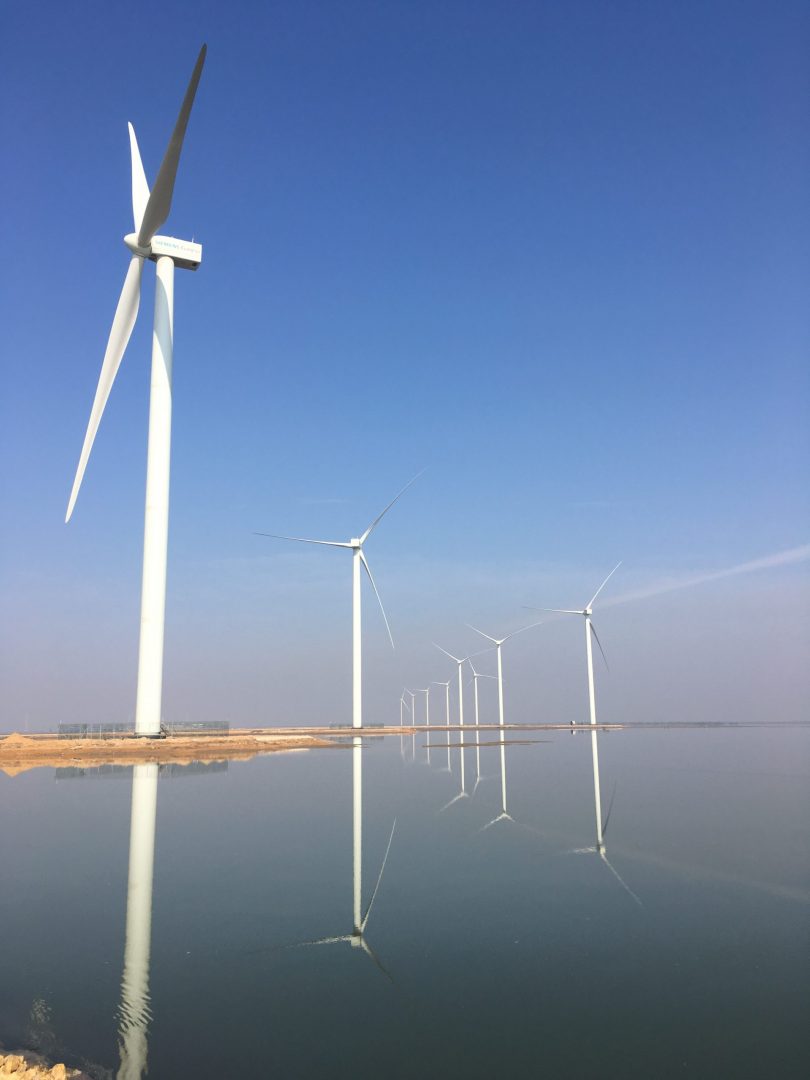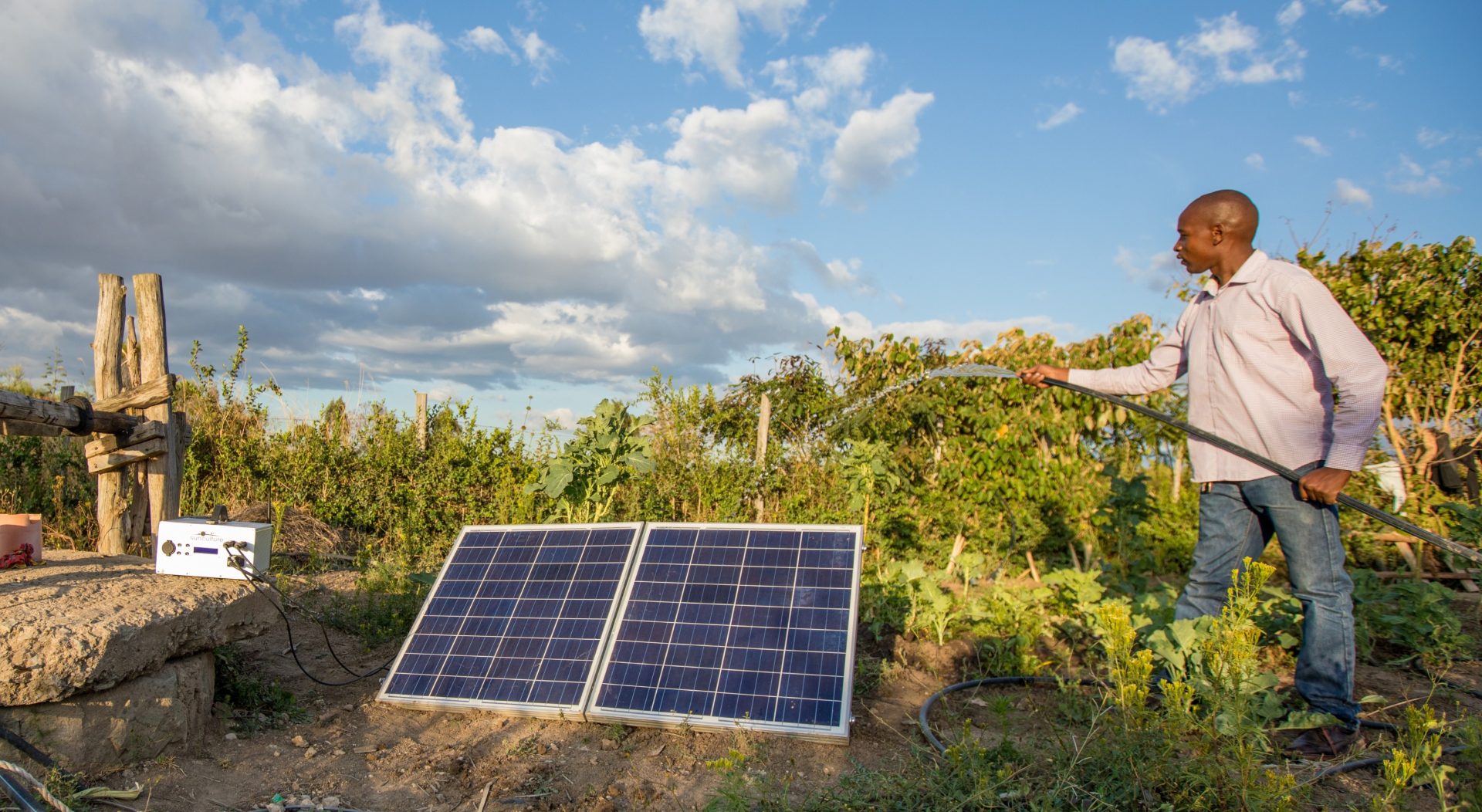If we are to achieve the SDGs by 2030, there is a strong need for more commercial investment in Africa and South Asia. We know that the investment gap remains because many investors are cautious about the stability of business environments and the perceived risks.
We already multiply the impact of our investment by bringing in other investors alongside our own capital, principally by investing through funds. However, we want to go further to secure additional investment into African and Asian economies.
One way we can contribute is to share data from our experiences of being a long-term investor in these markets. To date, a lack of data on the risk, return and impact of investments has been a factor in the lack of capital flowing into some of these markets, in particular to funds invested in small and medium-sized enterprises (SMEs). We know that sharing data, and establishing realistic expectations for development outcomes and financial returns, can play an important part in encouraging these capital flows.
We also know that SMEs in emerging markets are critical to driving economic growth, creating jobs and working toward the Sustainable Development Goals. These businesses face a significant financing gap, which is at risk of widening during the current Covid-19 crisis. Increasing access to finance can unleash their potential to deliver financial and development returns, so finding ways to encourage the flow of capital to this part of the market is vital.
That’s why we were pleased to be part of a group of development finance institutions whose data on the financial and development performance of SME fund investments in emerging markets has been used to inform this latest study from the Shell Foundation and Omidyar Network. We are committed to collaborating further with development finance institutions and other partners to share more data like this.
Better data is just one part of the solution to encouraging more capital into Africa and South Asia. As the study points out, SME funds typically demonstrate growth in the underlying businesses but lower returns than other fund types, suggesting that development finance can play a crucial role. We agree that it is our role to invest in certain sectors and countries at times when it is challenging for mainstream investors to commit, so that we can support these businesses to grow and to be suitable for broader investment in the long-term.
We also believe that we have a role in innovating to explore ways to achieve greater impact and returns in these markets. For example, the study finds that SME fund returns appear to improve up to a 15-year time horizon, suggesting the typical 10-year fund structure may not always provide the time needed to maximize financial returns and impact. Through our Catalyst Funds, we’re exploring innovative ways to approach fund structures, including setting terms that account for the length of time businesses in these markets need to grow.
This study is an important first step in sharing data about the impact of investing in these markets. We’ll be continuing to find ways to share our expertise, knowledge and data to encourage more private investment in Africa and South Asia.











